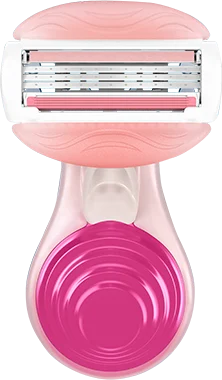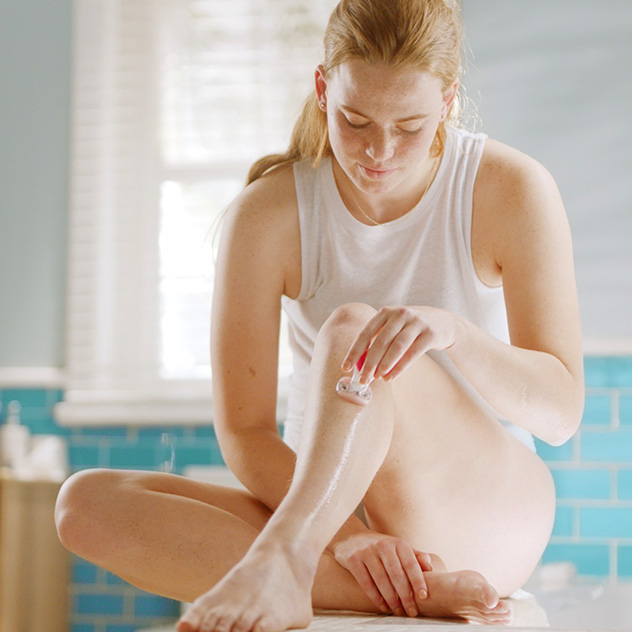
Gillette Venus
Writer and expert • 16 Jul 2021
Face shaving for women shouldn't be taboo. Learn how to shave your face and eyebrows the right way to avoid skin irritation, razor burn and ingrown hairs.
Should I shave my face?
Shaved eyebrows? Why not! Shaving facial hair is entirely your choice. What matters most is how you shave. For instance, you shouldn’t shave if you have any active acne, cuts or rashes on your face, which can cause further irritation and infection. Keep in mind the skin on your face is sensitive, which means the chance of causing irritation when shaving face is higher. Here are steps for how to shave your face and eyebrows to protect your skin from irritation, razor burn and bumps.
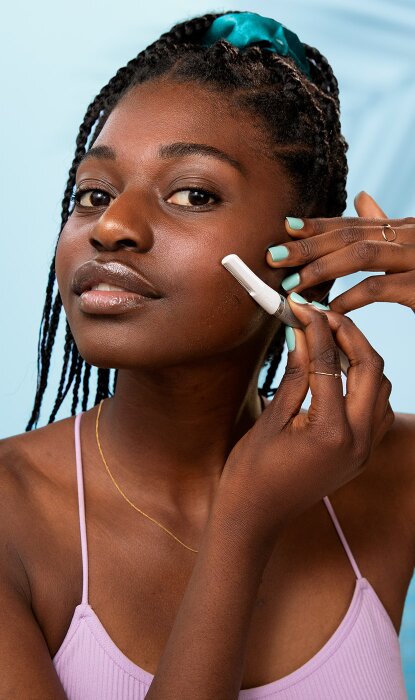
Wash your face before you shave
Wash your face to remove any dirt or makeup before you shave to prevent skin irritation and infection if you get nicked by your razor blade.
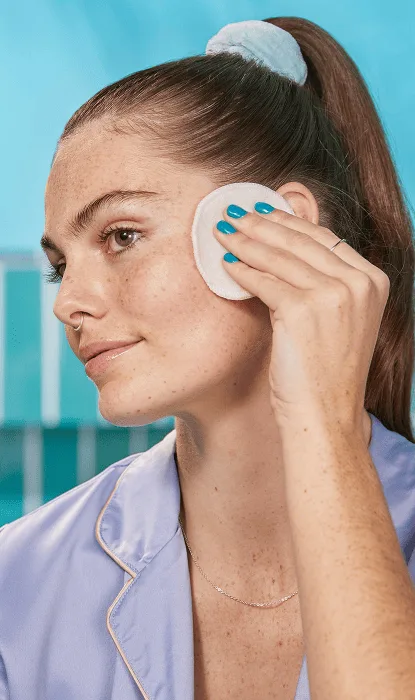
Exfoliate to remove dead skin
Exfoliation prevents ingrown hairs by removing dead skin cells that can block cut hairs from breaking through the surface of your skin. Use a gentle scrub or exfoliating glove to remove any loose hairs and dead skin from around the area of your face you plan to shave.
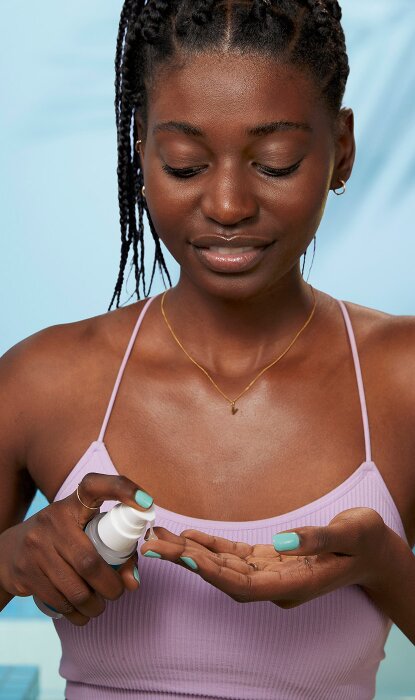
Hydrate your skin
Soak your face with warm water or hold a warm, damp washcloth to your skin for about three minutes before you shave. Hydrating your skin helps soften the hair follicles and allows the hairs to be cut more easily.
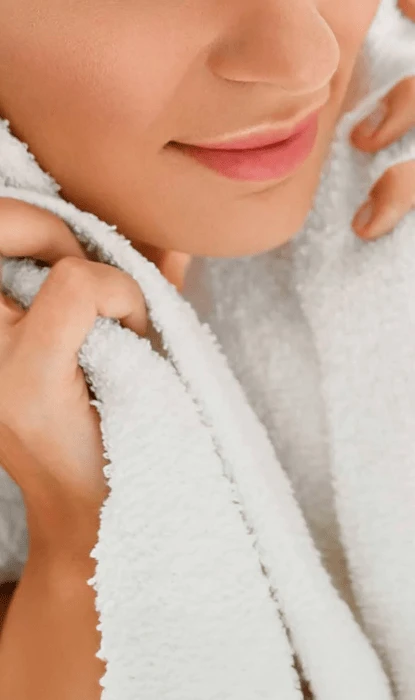
Apply shaving gel
Shaving gel preserves moisture and helps the razor blade glide easier across your skin. Applying shaving cream also shows where you have shaved already so you can avoid re-shaving over an area and irritating your skin. Learn how to find the right shaving gel for you .

Use a sharp razor
Use a dedicated razorfor your face, and not the same one you use to shave the rest of your body, can help to make sure the razor blades are sharper for longer. Dull blades can pull at your body hair, feel rough on your skin and can result in more nicks, razor burn and razor bumps.
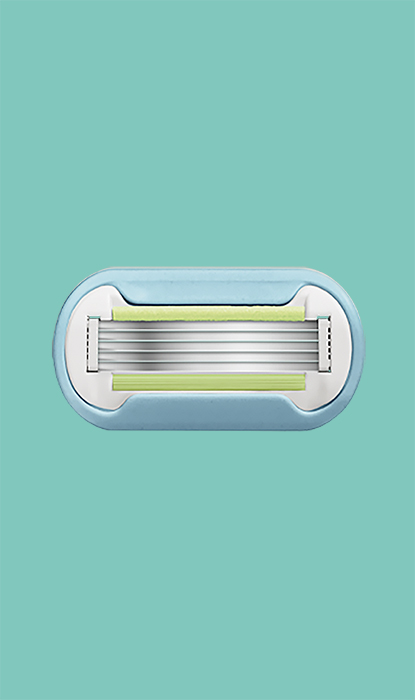
Shave in steady strokes
When shaving your facial hair, lightly press down on your razor blade at a 45-degree angle. Shave slowly in short, steady strokes in the direction of the hair growth to prevent skin irritation.
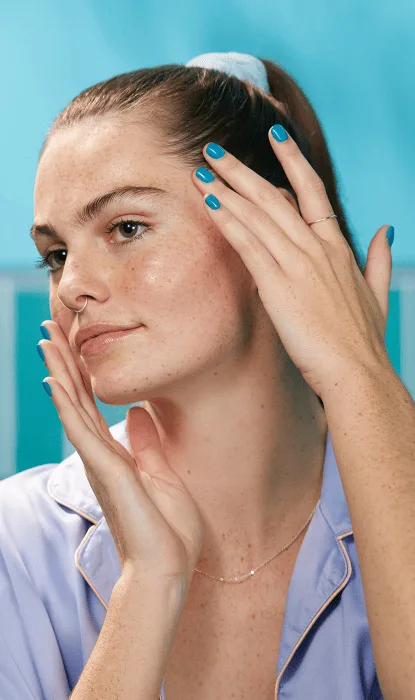
Moisturize after you shave
A question may appear: What to do after shaving your face? Be sure to apply a moisturizing lotion or oil, preferably alcohol-free, and wait before using any makeup or facial creams.
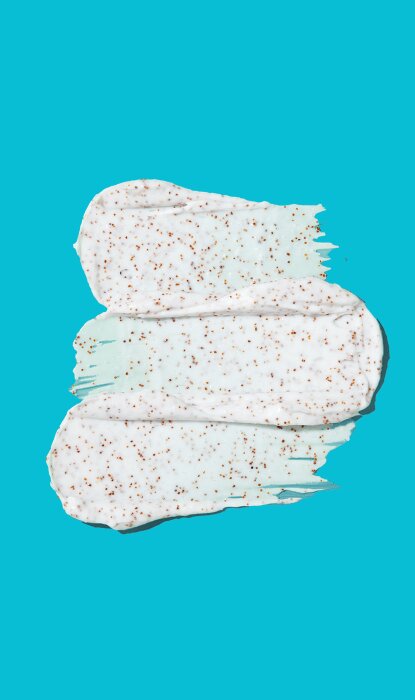
Try shaving tools designed for facial hair
Using a shaving tool designed for facial hair can optimize your results, especially when shaving smaller areas like eyebrows and the upper lip. Facial hair removers for women are crafted for precision and control around small spaces, resulting in fewer chances of error, skin irritation, razor burn and bumps. Certain facial hair removers can even keep skin smooth for up to four weeks.
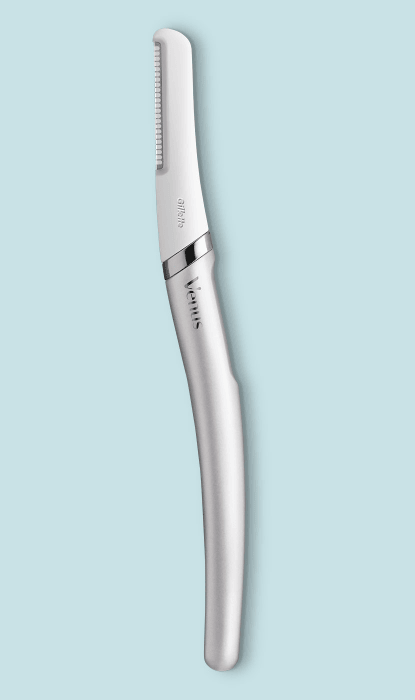
Does shaving your face make hair grow back thicker and faster?
Shaving will not cause hair to grow back thicker, faster or darker . A razor blade cuts away facial hair from the skin’s surface, not the root. This leaves the cut hairs with blunt tops that can appear thicker as they start to grow back through the surface, but they really aren’t.
What’s most important is to choose shaving products and set a routine that works best for your specific facial hair needs.


